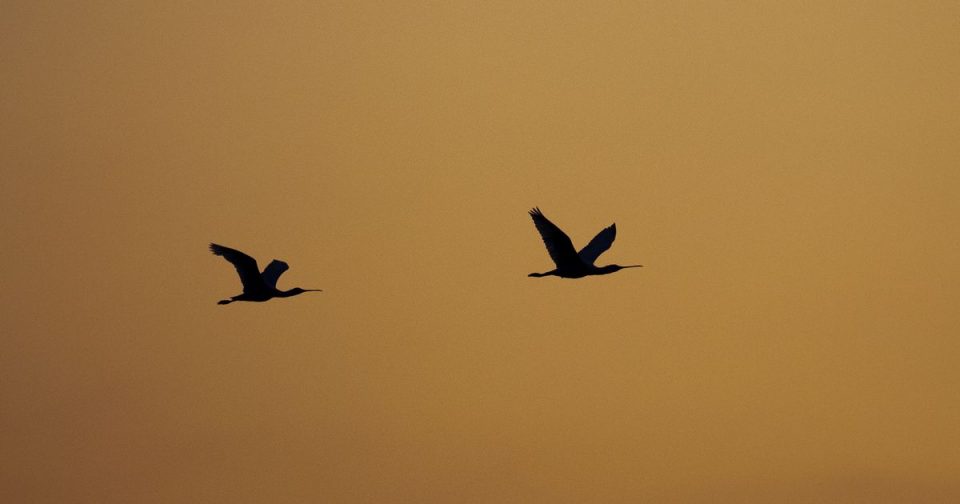advertisement
A Derbyshire wildlife charity has compiled a list of five animals and birds that may be negatively affected by climate change.
The Derbyshire Wildlife Trust works across the county to protect its wildlife and wilderness.
advertisement
Matt Buckler, the trust’s nature recovery officer, believes that the species of birds, fish and bumblebees are among those most at risk of being affected by climate change.
He said: “Climate change is pushing the climate envelope north and up. This means that northern and upland species are likely to disappear in Derbyshire, while southern species will enter.
“These changes are significant, with the climate envelope changing over the past 50 years by around 10 meters per day. Derbyshire is the southernmost home of many species, which are most likely to disappear in the near future.
“The biggest impacts will be on our upland species, which are some of our most iconic species.”
While not an exhaustive list, Matt says the following species are likely to be negatively affected by climate change:
Wading birds
Wading birds
(Image: Dan Kitwood / Getty Images)
“They will also be affected as breeding species by summer forest fires, killing eggs and chicks.”
Salmon, trout and grayling
“These fish species will be affected by the increase in sediment due to erosion and the burst of water flows in watercourses due to the increase in summer precipitation.
“Sediment reduces spawning sites (which need shallow water on sands and gravels, lost in sediment) and flood rivers prevent fish from spawning.
“In addition, these fish species need highly oxygenated water and will be negatively affected by an increase in river temperature, with an associated decrease in dissolved oxygen.”
Bumblebee with blueberries
“This charismatic species of upland habitats is displaced by species from the south, moving further north and up the hill.”
Adder
An adder
(Image: Getty Images / iStockphoto)
“The Adder overwinters in highly concentrated areas on the moors. There may be a loss of significant proportions of county populations during the winter / early spring forest fires, particularly after habitat fragmentation. “
Black grouse
“These birds are at the southern end of the range and will be lost as the climatic envelope moves further north. Suspected of various parasitic diseases that increase in humid summers and warmer and wetter winters . ”
.
advertisement


